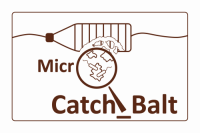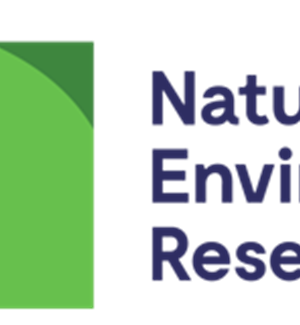- Forschungszentrum Jülich, Institut für Bio- und Geowissenschaften - Germany,
- Fraunhofer-Institut für Graphische Datenverarbeitung - Germany,
- Johann Heinrich von Thünen-Institut - Germany,
- Leibniz Institute of Polymer Research Analytics (IPF) - Germany
How do Microplastics End up in the Baltic Sea? The concentration of small and tiniest plastic particles is particularly high in river estuaries. This pollution must be caused somewhere between the source of the river and the estuary. The spectrum of possible polluters is large, and so is the range of different types of plastics that can end up in the environment. As an example of German Baltic Sea tributaries, the joint research project MicroCatch_Balt is investigating sources and sinks of microplastics in the Warnow river basin in Mecklenburg-Western Pomerania. Furthermore, important processes for the distribution of microparticles on their way to the open Baltic Sea are analyzed.
Want to analyze based on this project via our analysis tool? Analyze this project
Knowledge Gaps
Characteristics of plastic-general
Environmental fate and behavior of plastic
Environmental exposure
Monitoring and detection equipment
Biological processes and biotic interactions with plastic
Publications




